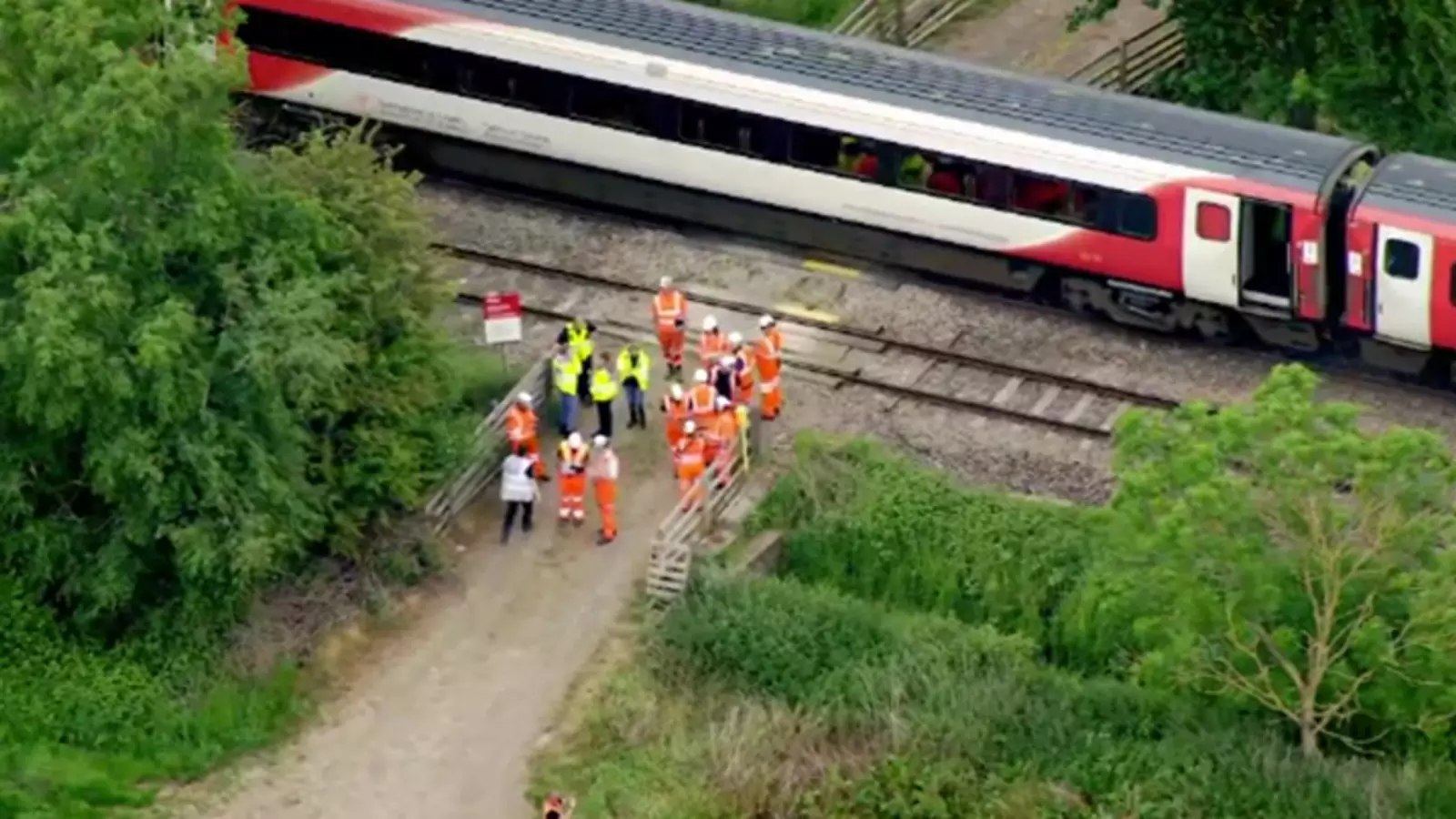In a distressing turn of events in Herefordshire, a train slammed into an agricultural trailer at a level crossing, leaving more than a dozen individuals injured. The sequence of events unfolded around 10:40 am on a Thursday, resulting in significant disruption both to residents and to the rail system. This incident serves as a somber reminder of the dire state of safety protocols at level crossings, which are often deemed insufficiently robust to handle the realities of modern transportation. The speed of the train and the vehicle’s presence at the crossing highlight the potentially fatal consequences of neglecting safety measures.
A Grim Reality for Rural Communities
Rural communities often rely heavily on shared infrastructure, and level crossings are a critical point of intersection between the agricultural and transport sectors. Yet, incidents like this illuminate glaring vulnerabilities. While authorities assured the public that a 32-year-old man had been arrested on charges related to endangering safety, one must ponder if this is merely the tip of the iceberg. The infrastructure, regulations, and education around these crossings need serious reevaluation and reform to prevent future tragedies.
The British Transport Police’s response to the incident reveals a troubling trend. Too often, when accidents occur, the focus shifts to punishing individuals rather than addressing systematic flaws. Why is it so commonplace for incidents of this nature to occur in modern societies that have access to sophisticated technology? The answer lies in complacency and a stubborn adherence to outdated practices that do not reflect current realities.
A Call for Comprehensive Safety Reviews
The Rail Accident Investigation Branch (RAIB) has dispatched inspectors to ascertain the details surrounding this incident, which involves a “user worked” level crossing—essentially a crossing that depends on human operation. This draws attention to the larger context of safety management; if a crossing requires human intervention, there should be stringent checks and safeguards in place to ensure all users are adequately trained. The incident makes one wonder whether there is enough focus on training and whether the public is genuinely aware of the rules and responsibilities associated with these crossings.
Transport for Wales, alongside emergency services, is working to mitigate the disruption caused by the incident, including rerouting passenger travels. However, these measures feel reactive rather than proactive. An underlying question persists: how many more incidents must occur before authorities take serious steps towards implementing comprehensive safety protocols that could potentially mitigate these risks? The time has come for an urgent reassessment of the policies governing level crossings across the UK.
The Human Impact of Neglected Safety Standards
Ultimately, the victims of this incident—including passengers who required medical attention and those whose lives were irrevocably altered—deserve more than just a brief mention in an official report. They are a stark reminder that behind every statistic lies a human story, one that often goes forgotten amidst bureaucratic investigations and media coverage. The incident serves not only as a misstep in safety protocols but as a human tragedy that calls for urgent reform, accountability, and above all, an unwavering commitment to ensuring that such an event never resurfaces in the annals of railway history.

